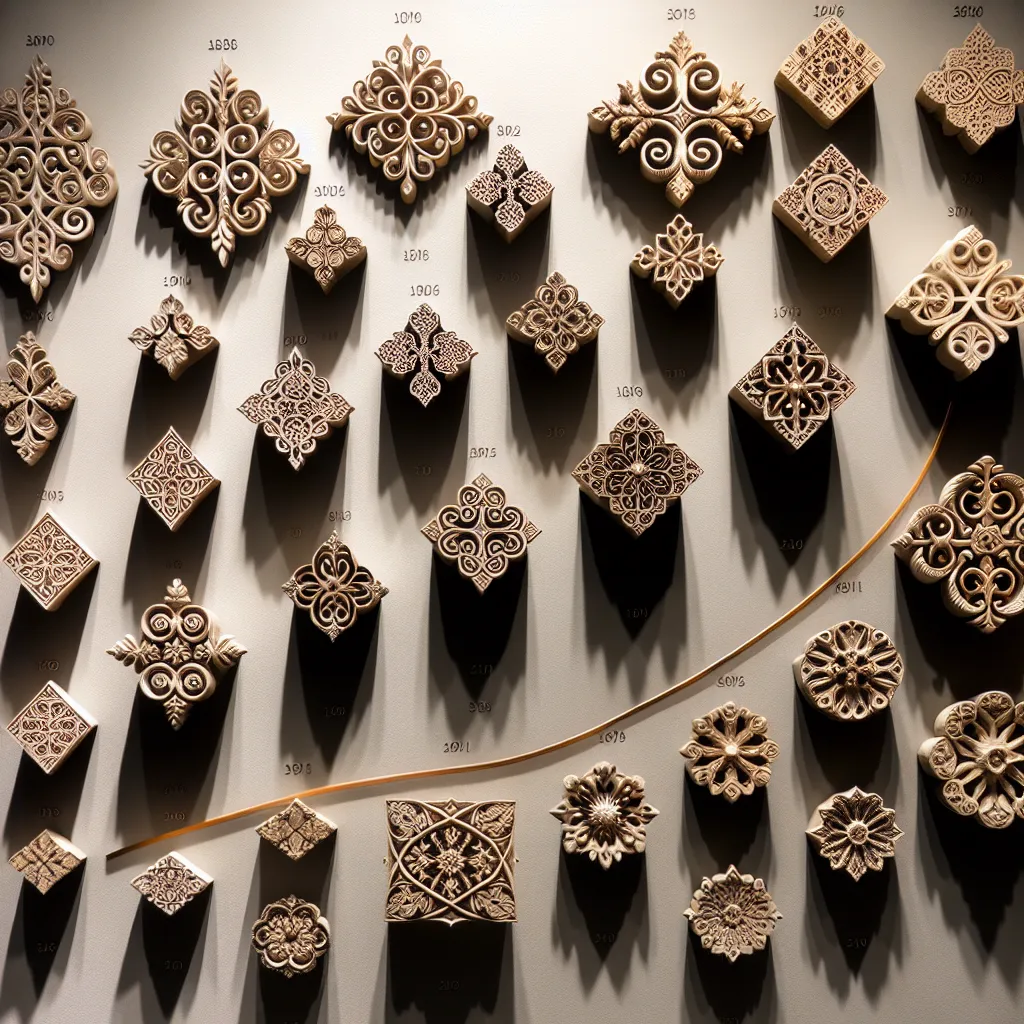risingtideproject.org – The evolution of design is a complex and multifaceted journey that spans thousands of years, reflecting the changing societal, technological, and cultural landscapes throughout human history. Design, in its broadest sense, encompasses the creation of visual and functional elements across various mediums, including architecture, product design, graphic design, fashion, and more. Here’s a brief historical perspective on the evolution of design:
Ancient Civilizations
- Egyptian Design: Ancient Egyptians were known for their monumental architecture, such as the pyramids and the Sphinx, which showcased their advanced knowledge of geometry and construction techniques. Their design also extended to intricate jewelry, hieroglyphics, and art that adorned tombs and temples.
- Greek and Roman Design: The Greeks introduced the classical orders of architecture (Doric, Ionic, and Corinthian), which were later refined by the Romans. Roman design was also notable for its engineering feats, including aqueducts, roads, and the use of the arch and vault in construction.
Middle Ages
- Gothic Architecture: Emerging in the 12th century, Gothic architecture was characterized by its use of pointed arches, ribbed vaults, and flying buttresses, allowing for taller buildings with larger windows. Cathedrals like Notre-Dame in Paris are prime examples.
Renaissance
- Renaissance Design: The Renaissance period saw a revival of classical Greek and Roman aesthetics, emphasizing symmetry, proportion, and geometry. Artists and architects like Leonardo da Vinci, Michelangelo, and Filippo Brunelleschi made significant contributions to design principles and techniques.
Industrial Revolution
- Art and Crafts Movement: Reacting against the mass-produced goods of the Industrial Revolution, the Arts and Crafts Movement (late 19th to early 20th century) advocated for handcrafted items and a return to traditional craftsmanship. William Morris was a key figure in this movement.
- Art Nouveau: Around the turn of the 20th century, Art Nouveau emerged with its distinctive organic forms and decorative motifs, influencing architecture, interior design, and the decorative arts.
20th Century
- Modernism: The Modernist movement, with its emphasis on simplicity, functionality, and the use of new materials like steel and glass, had a profound impact on architecture and design in the early to mid-20th century. Figures like Le Corbusier, Mies van der Rohe, and Frank Lloyd Wright were pivotal.
- Postmodernism: Emerging in the late 20th century, Postmodernism rejected the austerity of Modernism, embracing decoration, historical references, and a mix of styles. Architects like Robert Venturi and Frank Gehry contributed significantly to this era.
Digital Age
- Digital and Sustainable Design: In the 21st century, design has been heavily influenced by digital technology, leading to innovations in 3D printing, virtual reality, and interactive design. Additionally, there’s a growing emphasis on sustainability and eco-friendly design practices, reflecting a broader societal concern for the environment.
The evolution of design is an ongoing process, continually shaped by new technologies, cultural shifts, and the challenges of the times. Each era adds its unique contributions to the rich tapestry of design history, influencing and being influenced by the past and future alike.
